Preparing to cross the U.S./Mexican border along a road trip our family of seven was taking from Alaska to Argentina (in a veggie powered truck), the comments and concern for our safety didn’t come as a surprise. We knew what the media was saying, and what was “common knowledge” on the current state of affairs south of the border.
In the minds of many Americans, Mexico was a “lawless, violent, dangerous” country, an “unnecessary risk” – a country that “keeps getting worse.”
We didn’t know what it was really like in Mexico. We had driven the entire Pacific Coast before, on our first road trip from the U.S. to Costa Rica (when our kids were 4, 3, 2 and 2 mos). But that was in 2007. Had things really changed that much?
We suspected that most of it was media hype, but we were also a little curious. Was Mexico more dangerous now than before? Were average citizens living in fear?
What we discovered about Mexico was so far from the rumors, news reports, warnings, and “common knowledge” that it was almost comical, if it wasn’t so sadly incorrect.
More than once, we laughed to ourselves about the “danger” in Mexico, as we sent our kids on errands to the local tiendas, walked through the centros at night as families gathered, or watched a sunset while camped in the countryside.
Yes, there are people being killed in Mexico. Yes, there is a drug war going on. Yes, regular precautions should be taken, just as you would if you were taking a trip to the United States for the first time. You probably wouldn’t pick a known gang neighborhood in L.A. as the place you would spend your time.
The same logic applies for visiting Mexico. For the most part, the urban legends just aren’t true, and if you avoid the “bad parts of town,” the result will be a rich, rewarding experience.
Here are a few of the fallacies:
Because of the drug war, all of Mexico is unsafe. Don’t risk traveling there, especially with kids.
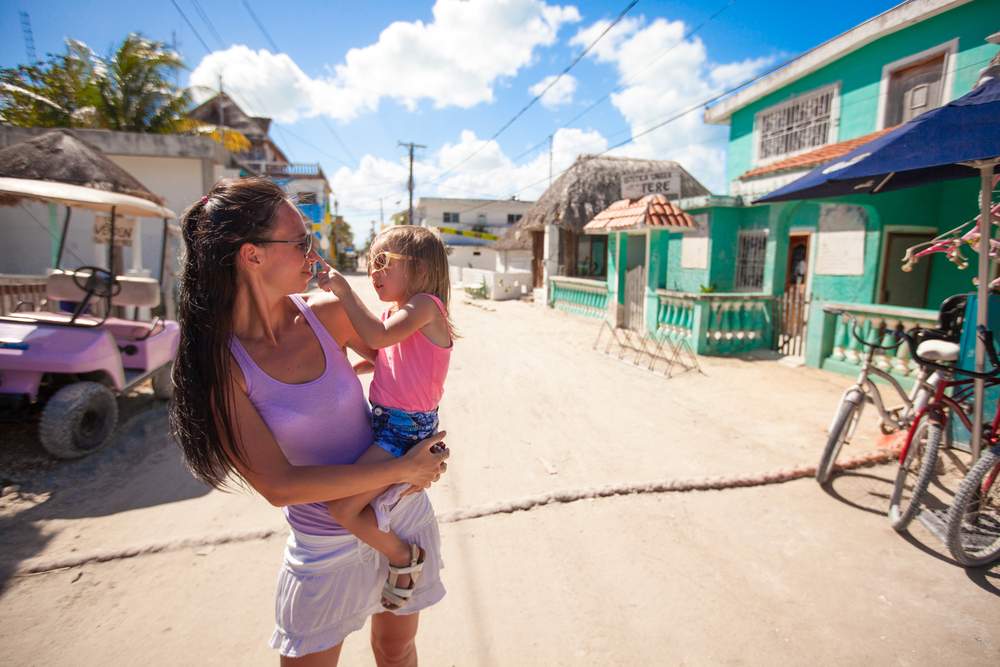
To say that all of Africa is hot, or all of India is dirty, or that all of Mexico is dangerous is an extremely over-generalized statement.
This was our experience as we traveled through fields, mountains, farms, cities, and towns. The vast majority of it was completely, entirely, undeniably safe. So safe, that during our time there we never once felt threatened, frightened, or afraid in any way.
Tourists are being targeted and killed, even in the “safe” areas. Anyone could get caught in the crossfire, even your children.
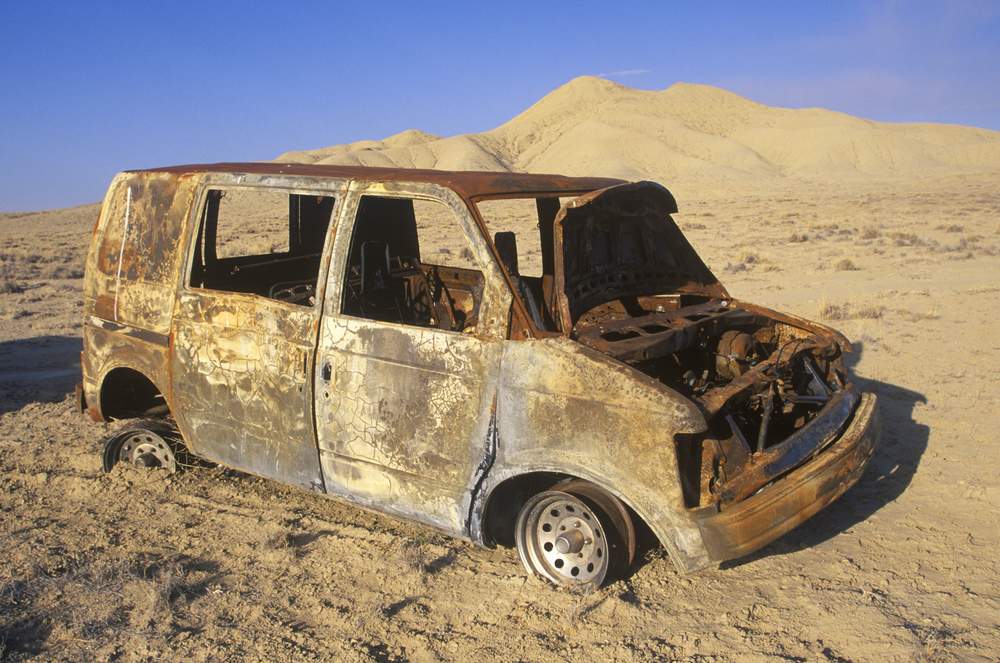
But most often, these deaths are a result of individuals being in the wrong place at the wrong time.
Individuals who have been in known drug cartel territory, nightclubs, and up to no good are the most common victims of these attacks. These violent episodes aren’t usually happening mid-day in your average cities and towns.
Which provides even more reason for families with children to be safe while they travel through Mexico.
Staying away from where bad stuff happens is a strategy that parents use on a daily basis. For the most part, it keeps you and your kids safe, no matter where you are.
Employing this strategy while traveling to Mexico will yield the same results.
If you do go, stick to the touristy areas – they’re the safest for you and your kids.
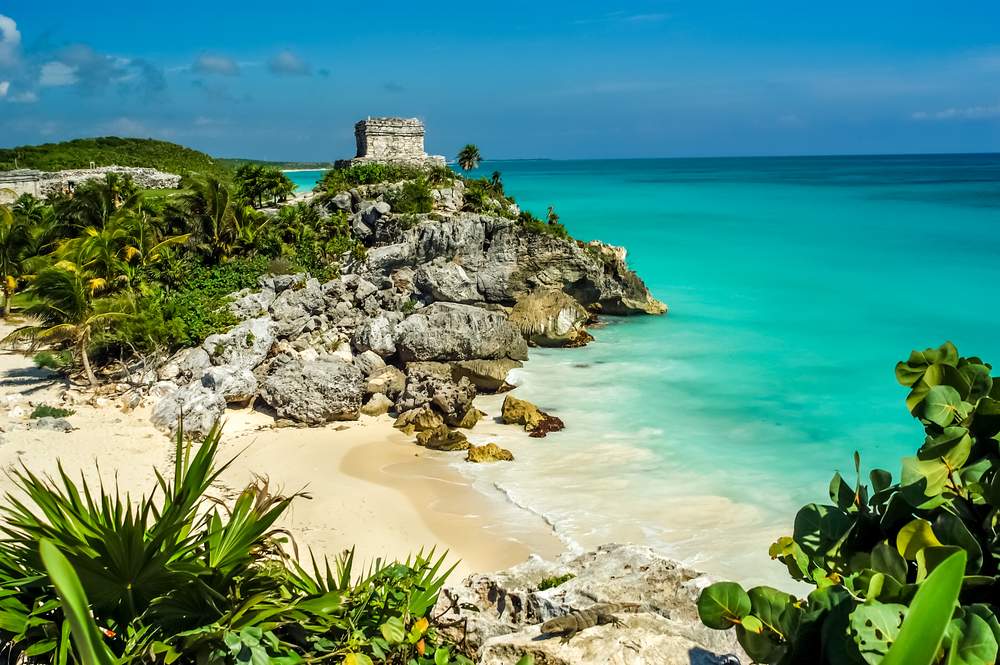
Throughout our entire four months in Mexico, the only crime committed against us happened in the touristy town of Tulum – my $1000 camera was opportunistically stolen.
We’ve found the local villages and towns to be the safest and provide the most rewarding experiences. The local people live simply and honestly; there is very little crime, and almost no violent crime; and they’re more down to earth, open, and genuinely interested in your welfare.
If you do go to Mexico with your kids, get out of the tourist areas, and have a safer, richer experience in real Mexico.
Mexico is just a poor, third world country. There’s not much to see and do anyway, especially for kids.
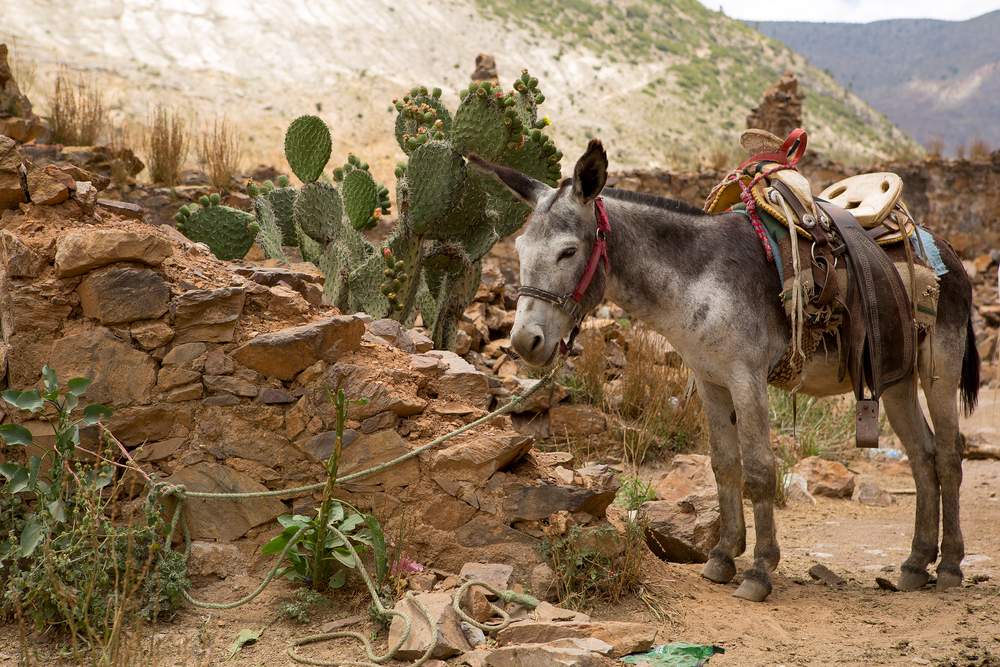
Despite stereotypes, it’s not all burritos, tacos, sombreros, and adobe huts. You could spend a very long time exploring all that Mexico has to offer and still not see, or do, it all.
From pine forests to tropical beaches; fresh water lagoons and sparkling rivers; booming metropolises and sleepy indigenous villages; adobe huts to towering skyscrapers; ancient ruins and high speed internet; handicrafts and fine art; tacos to tlayudas; snow capped peaks and humid rain-forests; Mexico has it all. And it has a lot to offer for kids.
Mexico is a spectacular place to visit (and even live) with or without children. It’s a country that we’ve fallen in love with and plan to visit again and again and again as a family.
Don’t let the urban legends spoil your perception of what Mexico is really like. Go for yourself and discover the truth.
Check out flights to Mexico and find a place to stay
Six of our favorite destinations
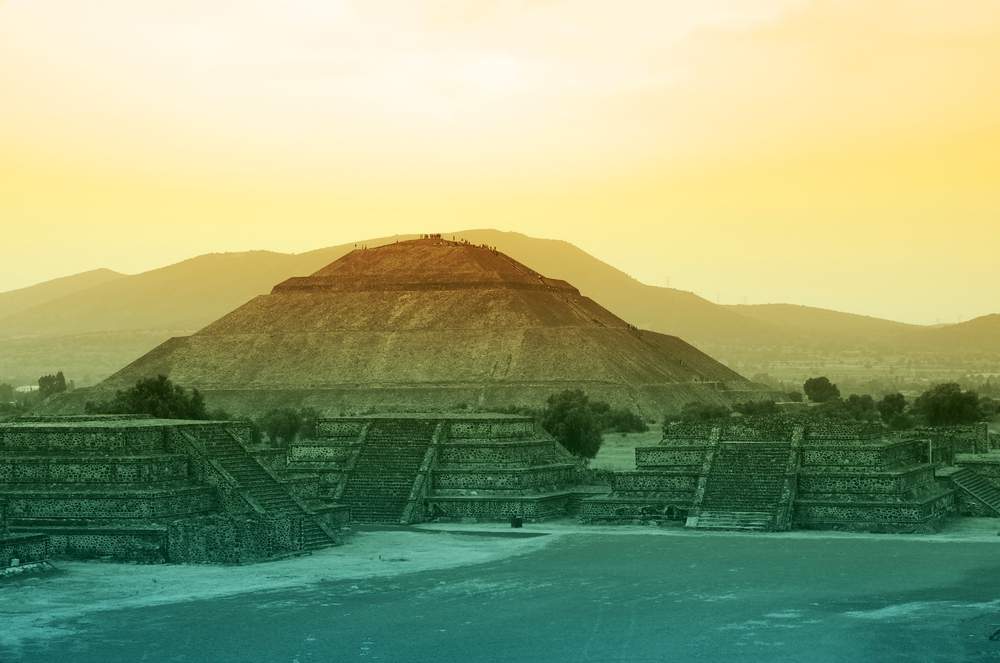
Lake Chapala
Morelia
Mexico City
We took the buses and subways to get around, visited the zocalo (city center) and ate some street food, and went to the Museum of Anthropology – one of the top museums in the world.
The best part is that it was all so cheap. Subway rides are 3 pesos (~$0.25USD) each to anywhere in the city. And a world famous museum was free for kids 13 and under (adults were only 51 pesos -$4USD- each). You can’t beat that!
Oaxaca
Situated on the top of a hill that overlooks the surrounding valleys, there’s a special feeling as you climb the massive steps where ancient peoples once lived and thrived.
Definitely a must see, and a great place for kids to explore. Again, kids 13 and under are free, adults only 51 pesos (~$4USD).
Chiapas
Some of our favorite stops were Agua Azul and the ruins of Palenque. A popular attraction that we missed out on was the Cañon Sumidero, which is definitely worth the visit if you get the chance.
Laguna Bacalar
We spent six splendid weeks right on her shores – kayaking, swimming, sailing, and sunbathing. It was really, really hard to leave.

You can also check out the following articles and resources to prepare for your trip to Mexico:
- Mexico Travel Guide
- The Mexican Coast You Didn’t Expect: Four Reasons to Visit Mazatlan
- Traveler Postcard: Jessica in Mazaltan
- South of the Border: 3 Mexican Road Trips for the Intrepid Traveler
Have you been to Mexico before? Were your impressions vastly different than your preconceived assumptions? Have you ever been to a country or city that was the opposite of how it’s portrayed in the media? Tweet us your thoughts @bootsnall.